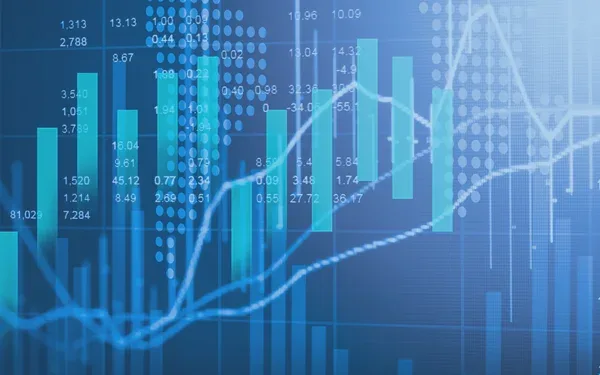Improving the resource sufficiency evaluation

Conditions on the electrical grid are dynamic, a situation that creates additional challenges and opportunities for the ISO and its partners in the Western Energy Imbalance Market (EIM). We continue to achieve significant cost savings, reductions in greenhouse gas emissions and greater integration of renewable generation while also dealing with supply shortages and the impacts of climate change. As such, the ISO is committed to collaboratively engaging with our regional partners in identifying, vetting and developing policy that recognizes these changing conditions and helps build a stronger, more robust and healthier regional market.
One of those important policies has to do with the question of resource sufficiency. When the ISO launched the EIM in 2014, extending the real-time wholesale energy trading market, a key tenet was ensuring that each participating EIM balancing authority area was entering the real-time market with sufficient resources to meet its expected demand. Recently, the Western interconnection has experienced severely stressed system conditions while also facing supply shortages. So, after last summer’s historic regional heat wave that strained grid conditions across California and the Western U.S., it was time to undertake a review of the process by which the ISO and EIM entities demonstrate this resource sufficiency.
Productive and lasting partnerships require trust and transparency, and the ISO also had to acknowledge that in the heat wave event last summer, the ISO itself failed to pass components of the resource sufficiency evaluation for several intervals, raising concerns for us and the rest of the stakeholder community.
In response to those concerns and to the conditions that lead to last summer’s outages, the ISO first began to look at various market enhancements that needed to be in place in time for this summer and several were put into place. Changes to the resource sufficiency evaluation were discussed at the time, but those conversations were by necessity limited to what could be implemented by the summer of 2021.
A more holistic review to improve the accuracy and transparency of the resource sufficiency evaluation began later in the year when the ISO launched the EIM Resource Sufficiency Evaluation Enhancements initiative in May. We began seeking stakeholder input and suggestions on ways to improve the resource sufficiency evaluation with a clear set of rules and practices we all could depend on. We also wanted to better understand stakeholder perspectives and needs, and to improve upon the information and data that is shared with the market regarding passing or failure of the resource sufficiency evaluation. This has been a collaborative effort to improve the resource sufficiency evaluation originally developed in 2014 with the launch of the EIM, a time when grid conditions were substantially different.
Just this week, the ISO published the first straw proposal seeking to address the different components of the resource sufficiency evaluation in response to stakeholder comments and presentations. The initiative proposes to move forward in two phases, with phase 1 focused on improvements to the accuracy and transparency of the resource sufficiency evaluation, while a later phase 2 would focus on re-evaluating the consequences for failure of an EIM entity to pass the resource sufficiency evaluation.
A key element of the proposal aims to provide further transparency regarding the resource sufficiency evaluation. Stakeholders have requested additional reporting and data on the performance and accuracy of the evaluation, as this additional information is beneficial in helping EIM entities understand performance, accuracy and results. The proposal moves the reporting role from the ISO to the Department of Market Monitoring (DMM) which monitors the efficiency and effectiveness of the ISO markets. The DMM would provide quarterly EIM performance briefings to the EIM Governing Body.
The collaboration and constructive engagement with our market partners and with stakeholders will help us build a more dependable resource sufficiency component, and that will strengthen the EIM as a whole so everyone can continue to capitalize on the benefits that a regional real-time market has provided thus far and will continue to provide in the future. The work on this initiative can also help support consideration of key elements of a regional day-ahead market as we continue to consider the viability and benefits of an extended day-ahead market across a larger footprint.
A stakeholder call is scheduled for Monday August 23 to further discuss and review with stakeholders the different elements of the proposal. The ISO looks forward to continued constructive and collaborative engagement on this very important topic and encourages other stakeholders who may not have yet participated in the initiative to engage and consider providing input.


